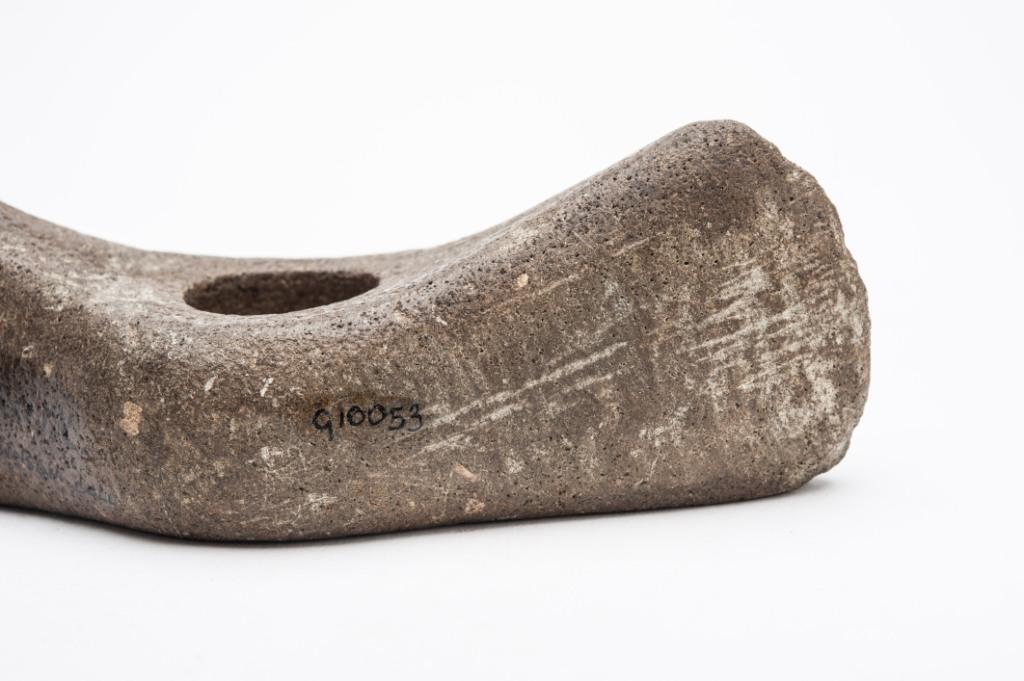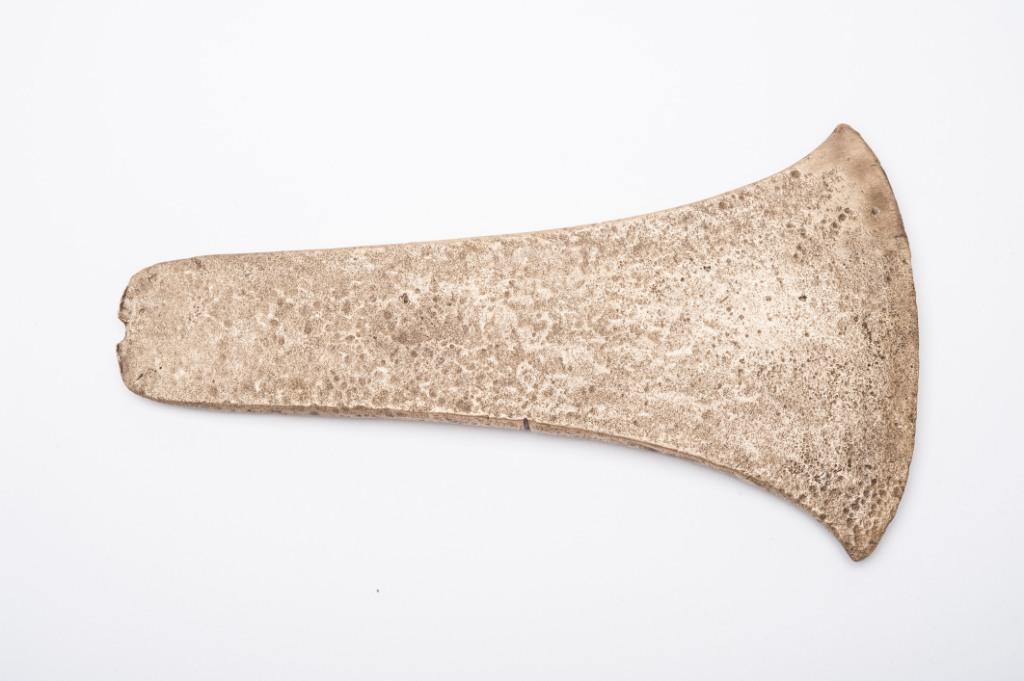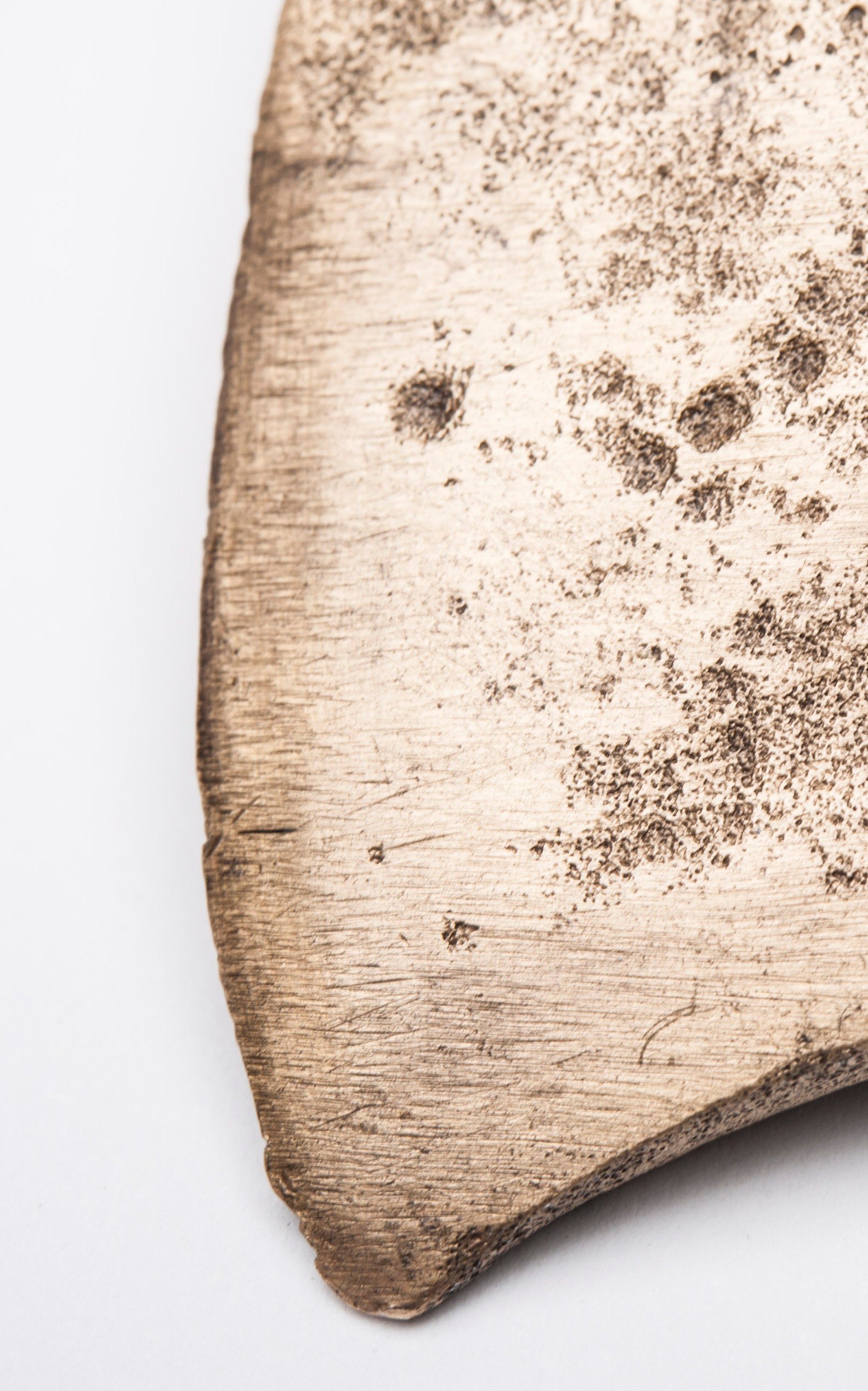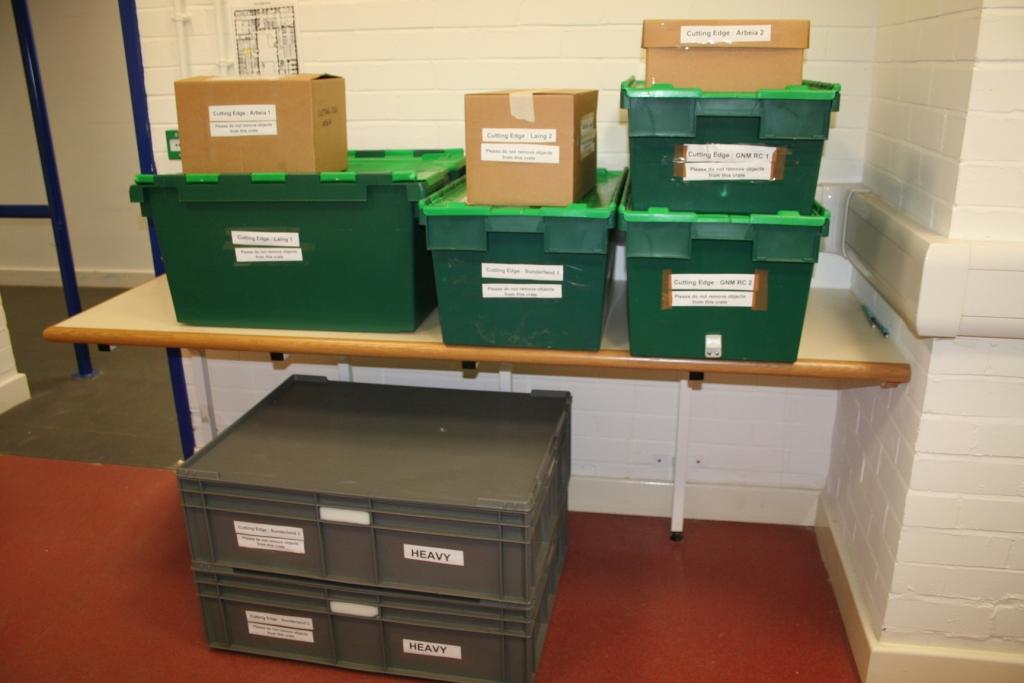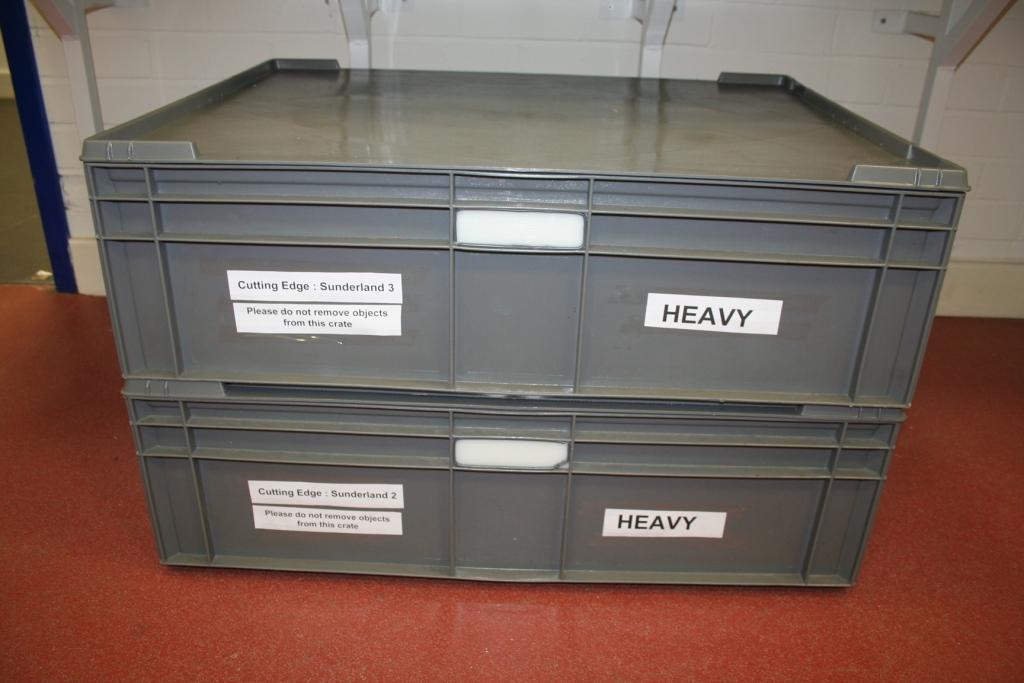Discovery Completion Report
1. Has your project team developed new skills as a result of this project?
- Significant new skills
- Some new skills
- Improved existing skills
The technical team has gained significant new skills and has also developed existing skills through work on the project. Specifically, through the project the RA has worked with unfamiliar Java technologies leading to extension and development of programming skills. This was the first academic project the RA had undertaken and as a result the RA has also gained new skills in project work and has highlighted that this multidisciplinary project introduced a new mind set and way of working for him.
Curatorial and academic knowledge has also been developed and collection data enhanced. During the project the curatorial team acquired new skills in website development and virtual methods of communication as well as skills in data sharing aided by specific website and video training. In addition, existing project management skills were developed; particularly communication across a range of disciplines and stakeholders. The academic team developed new ways of working with and presenting use-wear data and new ways of engaging with non-specialists and the general public.
2. What do you consider to be the headline achievement of your project?
The headline achievement of the project at a technical level is the completion of the website bringing together data from multiple sources. The project provides proof of concept for sharing of these data through a single web interface providing access to data from disparate sources without requiring central storage of these data by the website host. The success of the project suggests that there is the opportunity to, and merit in, expanding the number of datasets with which the interface communicates; showing potential for further development and inclusion of data from other museums and data services both nationally and internationally. By doing so the project has significantly increased current access and potential future access to museum collections relating to cutting edge objects. In addition, we feel that the Cutting Edge project has demonstrated the value of interdisciplinary working and provides a model of good practice in this respect.
3. What impact has your project had on your institution?
This was the first major collaborative research project between the University and Tyne & Wear Archives & Museum since the opening of the Great North Museum. As such it has created a model of good practice that will be transferred to future projects. It has also brought together for the first time academics from Archaeology and the Digital Institute, creating a new relationship that will be developed and expanded in the future.
The Cutting Edge website is also likely to provide a model for future University websites, and has encouraged joint discussions between the University and TWAM to consider developing a bid around Big Data to AHRC later this year.
4. What impact has your project had on the wider sector?
The dissemination event held earlier this year indicated that colleagues in universities and museums elsewhere in the UK are interested in the approach we have adopted and further discussions have since taken place. The fact that a British Museum curator is placed annually in the Great North Museum as part of the BM’s training programme provides further opportunity for ongoing impact within the wider sector.
5. Which stakeholders has your project affected (up to 3):
Interdisciplinary and partnership working; public access to and engagement with current research.
- Tyne & Wear Archives & Museums
Collections access and enhancement of collection data;
- Learned Societies (Natural History Society of Northumbria & Society of Antiquaries ofNewcastle upon Tyne)
Collections knowledge and public access to this knowledge
6. What sustainability measures have you arranged for your project?
The potential development opportunities for this project are strong and the team intend to investigate funding opportunities to realise this but currently do not have funding to pursue further work. The website will be maintained onNewcastleUniversity’s IT infrastructure. Collection data enhanced and generated by the project has been added to Tyne & Wear Archives & Museums collection management system, KE Emu. This system will provide long term sustainability and public and academic access to these data.
7. Do you have advice or information that you think it is important to pass to JISC or the sector about a standard or technology (up to 3):
- Standard/technology name: JSON
- Advice/information: JSON is a prevalent text format for transferring data around the internet, conforming to its standards ensure future compatibility with a wide range of systems.
- Standard/technology name: jQuery
- Advice/information: jQuery is a JavaScript framework that allows web developers to create visually appealing UI components to aid user interaction.
- Standard/technology name: Google Maps API
- Advice/information: The Google Maps API has extensive documentation for developers who wish to use location based tools to analyse their data. There are several useful example use cases available on their website which have been valuable development tools.
A modern way of building web applications is to have an architecture separating the middleware from the UI, through the use of an API. This allows for other implementations built on top of the same middleware and encourages community uptake of data and the capabilities on offer. Separation of these concerns also allows for an agile and scalable system, allowing the website and database to be moved independently of each other if either requires more server resources.
8. Please tell us the one lesson that you would like to pass onto other institutions as a result of your project.
The project provided good opportunities for partnership working both between the project members and with external organisations and data providers. However, with hindsight we did not feel that there was always enough time allocated in our project plan to agreeing data sharing with external organisations and contributors and that there are sometimes significant bureaucratic delays to data sharing which ultimately meant that we did not have the opportunity to include or work with as many datasets as might have been possible or desirable. If we were to carry out a similar project again or if we are successful in achieving funding to extend the project, we would factor in more realistic time scales for data sharing and would investigate the potential benefits of providing technical assistance to data providers where the existing data format prevents inclusion in the programme.
9. Please tell us the one lesson that you would like to pass onto other JISC projects as a result of your project.
As proof of concept this project has demonstrated that there are significant benefits to interdisciplinary working and significant opportunities for data and technological development of museum collections.
10. What tips would you give to another project manager in terms of project management?
Tip 1: Always have a backup plan in mind for different problems that arise. In this case we waited too long trying to arrange a database connection which proved to be impossible, leaving us with too much to do in the time left.
Tip 2: Regular team meetings and plain English explanations are vital for interdisciplinary projects so that all team members have an understanding of the full project and roles and responsibilities
11. Has your project produced any surveys, or collection of data from stakeholders that could be useful in the programme evaluation?
The project has produced new high resolution images for the objects included in the programme. The Cutting Edge website also allows users to comment on data.
12. As a result of your project what would you recommend to JISC as a priority area for future investment? (Please categorise your recommendations using the drop down menu)
Recommendation 1: It would be useful to develop a generic tool which would allow data holders to share data more easily. This tool would need to be simple to use so that anyone, including users who do not have extensive knowledge or experience of electronic data sharing, could share data in a quick, useable and simple way.
Recommendation 2: The Cutting Edge project represents the tip of the iceberg, as proof of concept it could be applied to wider collections and to other museums. There is the potential with further funding to apply this work nationally and internationally to a range of data and museum objects.
13. If you were to do your project again, what would you do differently?
With the benefit of hindsight and the lack of a useable direct database connection, we would have used the same architecture as the current setup; however, we would have used a different language in which to implement the solution. The use of Java is needless in its current state, but was correctly chosen as the best choice when waiting for access to databases. With the current data sources either PHP or raw HTML would have been a better option.
If we were to repeat the project we would also look to involve more students; the project could have provided valuable training and skills development opportunities.
14. What could JISC have done better in managing the programme?
It would have been beneficial to have a greater time period between the call for projects, the outcome of the application and the starting date of the project to allow for recruitment to take place.
*List of capabilities
- Good practice identified
- Guidance made available
- Support and advice given
- New or enhanced tools, services and methodologies
- Skills developed
- Defined the scale and nature of a challenge
- Addressed a problem or challenge
- Institutional processes improved
- Increase in the volume of content shared
- Provided leadership
- Produced evidence
- Relationships formed or enhanced






